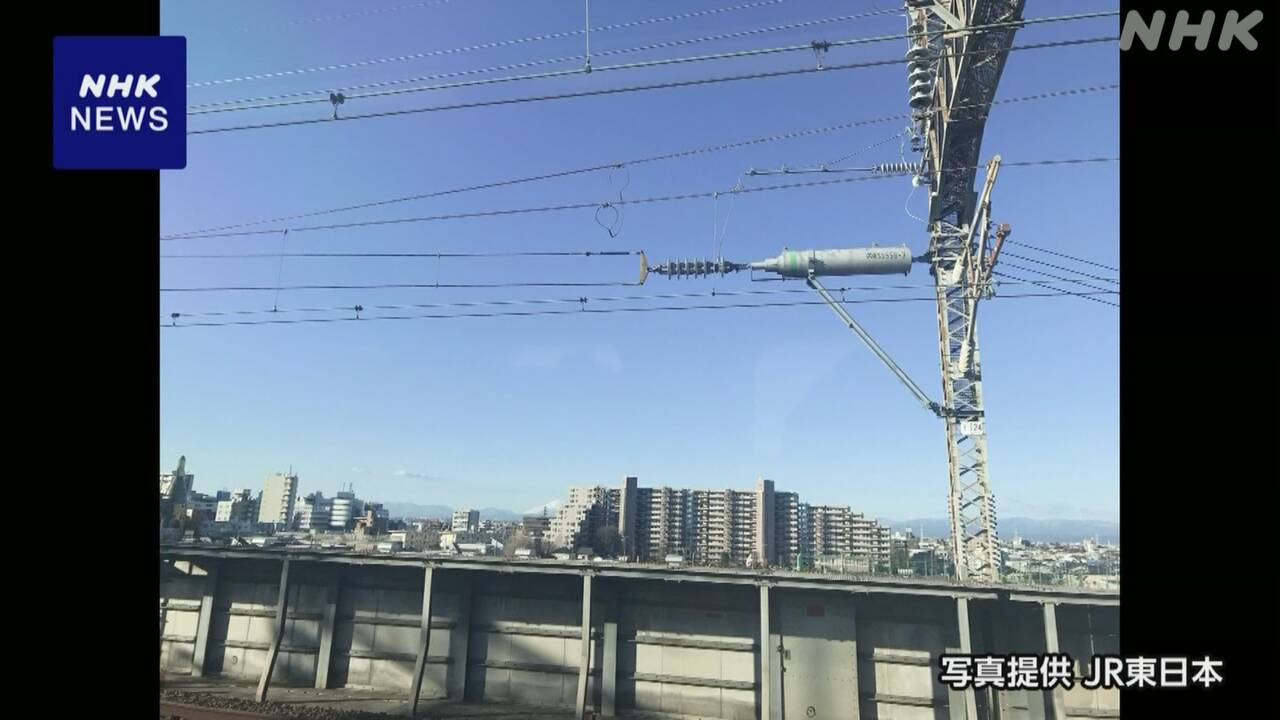This month, the Tohoku, Hokuriku, and Joetsu Shinkansen trains were suspended for long periods of time due to trouble, and JR East has announced that it will install new metal fittings near the broken parts that are believed to have caused the problem to strengthen them. Did. This will be carried out on all Shinkansen lines by the end of July.
On the 23rd of this month, there was a power outage on the Tohoku, Hokuriku, and Joetsu Shinkansen lines, and operations were suspended for a long time.JR East announced that the parts that adjust the tension of the overhead wires had broken, causing the overhead wires to sag and remain in transit. It is believed that the cause of the accident was a collision between two trains.
Regarding this trouble, JR East held a press conference on the 30th, and Shinkansen General Manager Hirohiko Ikeda and others apologized once again, saying, ``We deeply apologize for the great inconvenience caused to many customers.''
In addition, as a temporary measure to deal with the broken parts, in
addition to replacing them with new ones between Tokyo and Omiya,
installing new ones near the parts on all Shinkansen lines so that the overhead wires will not sag even if a break like this occurs. It was revealed that the metal fittings will be attached to the.
The metal fittings are expected to be installed by the end of July this year.
Additionally, 38 years have passed since the broken part was installed, but JR recently investigated the same part in 490 locations on the Shinkansen and found that it had been used for more than 30 years, which is the internal standard for replacement. It was also revealed that more than half of them do so.
In a press conference about this, Osamu Kato, Deputy General Manager of the Railway Business Headquarters, said, ``With 30 years as a guideline, we make replacement plans depending on the environment and individual conditions of use. "I would like to reconsider it," he said, indicating a policy of moving forward with replacing the equipment with spring-type devices that have a relatively simple structure and less risk of breakage.

